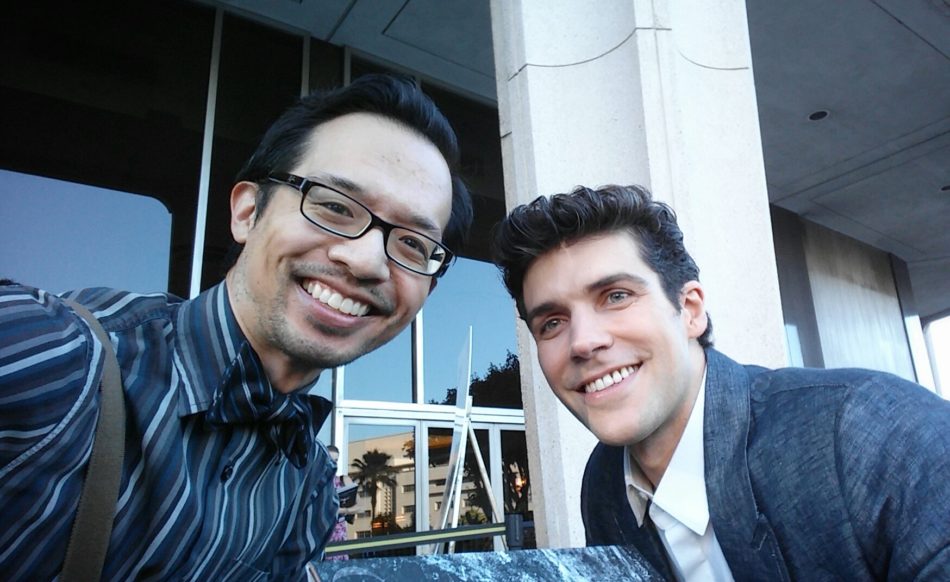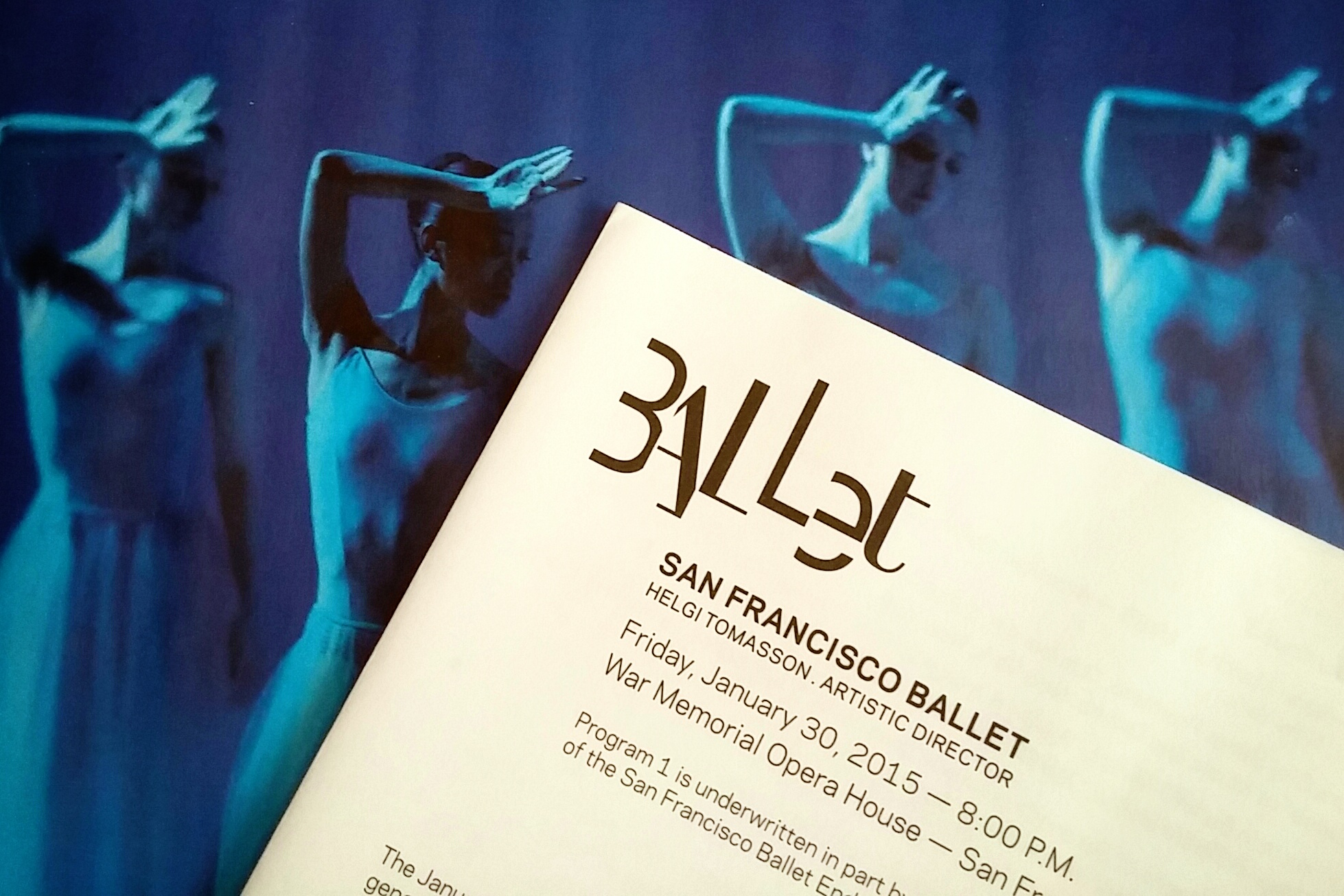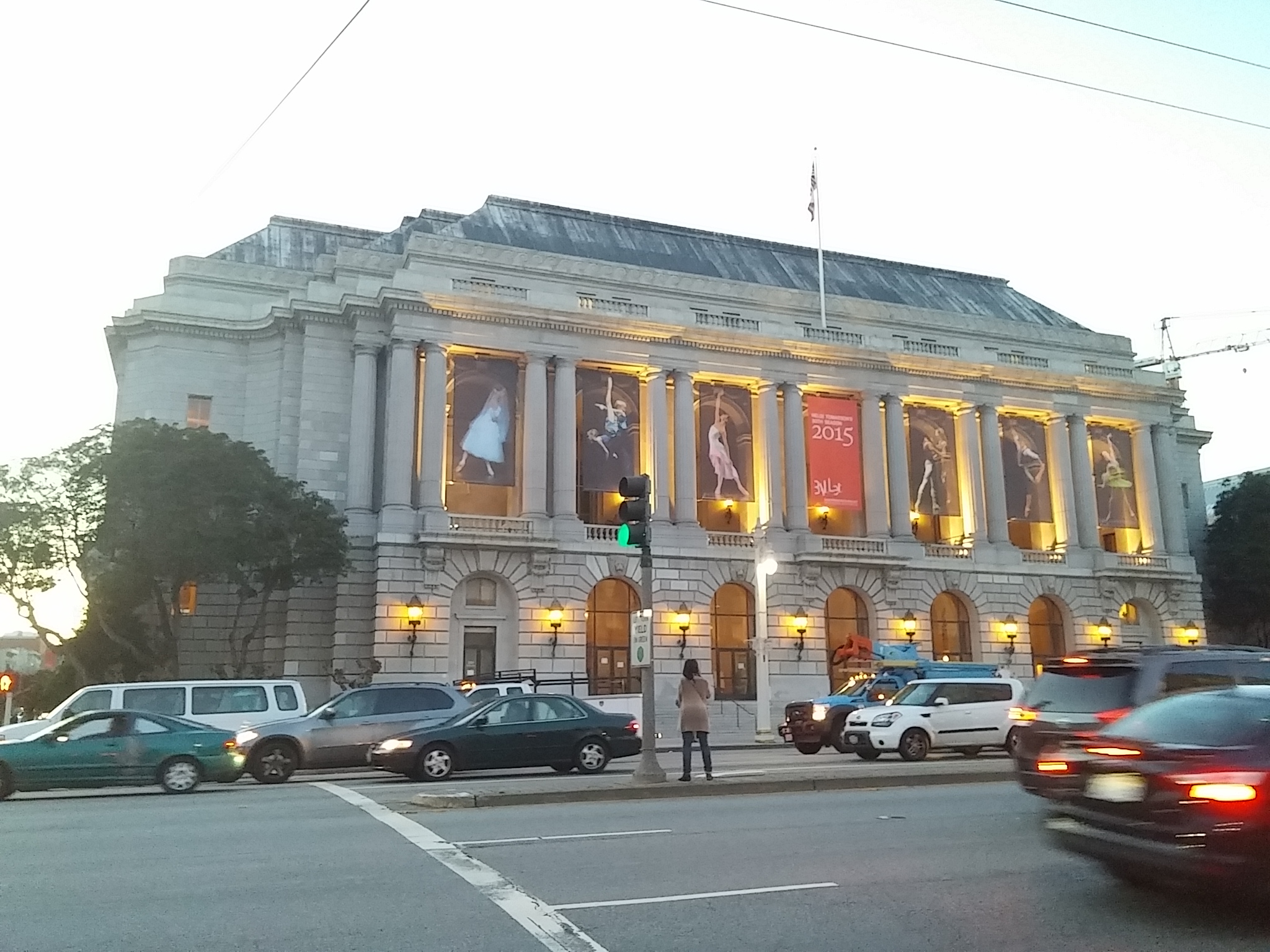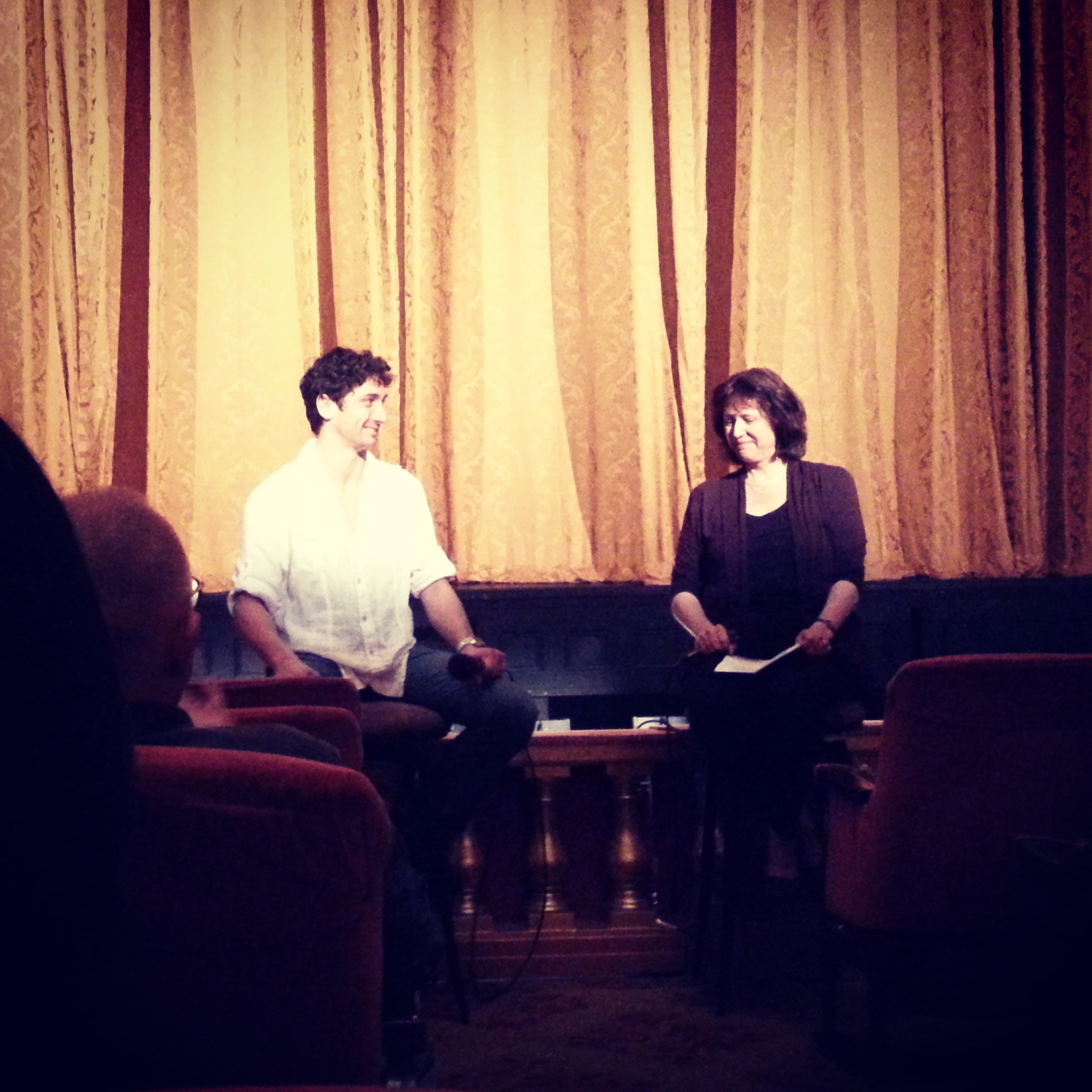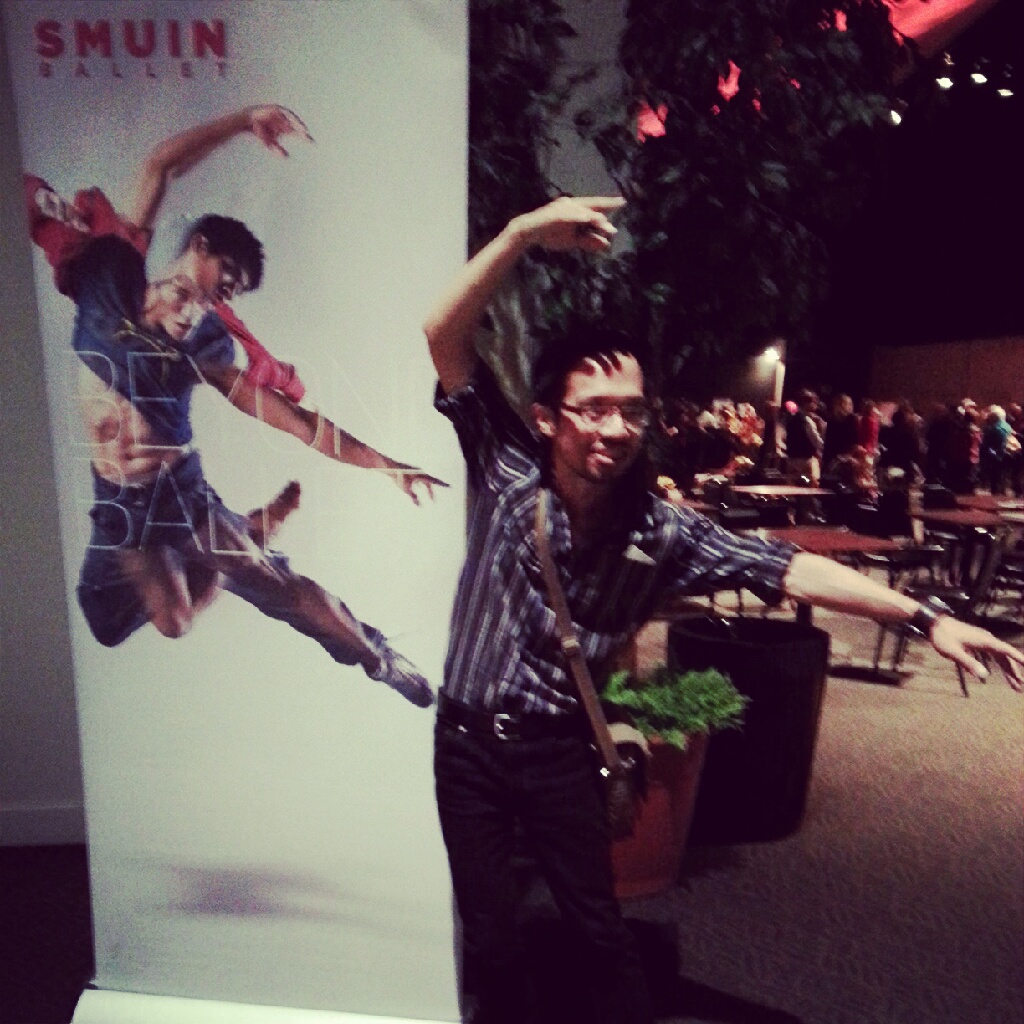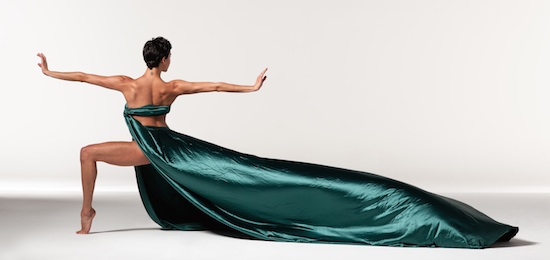Yerba Buena Center for the Arts, San Francisco — June 28, 2012
I am continually amazed not just at the amount of dance being performed in the Bay Area but also at its diversity, which was showcased recently at a couple of performances produced in conjunction with the Dance/USA annual conference, held in San Francisco last week.
By the way I totally missed the boat with the Dance/USA conference: granted I am not a dance professional, but as a local dance geek-in-the-making I should’ve volunteered or networked my way into some of the sessions. Still, I followed the conference tweetage (and picked up a few interesting ideas to chew on) and made some great online connections. Hello, new followers!
As I was saying, the conference put together a couple of performances (each with a different program) highlighting Bay Area dance companies, and I went to the evening performance last Thursday. I loved the range of dance: not only ballet and modern, but the fortunate concurrence of the San Francisco Ethnic Dance Festival facilitated plenty of ethnic dance numbers, including Native American, flamenco, West African, Hawaiian, and a fusion of South Indian classical and Japanese taiko, which I especially liked.
I’ve been to a few similar Bay Area-wide dance concerts in the past few months now (namely benefits like Dances from the Heart and Get in Front, at which I had first seen two of the Dance/USA numbers), and each has inspired me in my own dancing and renewed my pride in the local dance community. I hope they continue, ’cause I’ll keep coming back for more.
Notes: The dances I saw are listed below, some of which I’ve annotated with YouTube clips (not necessarily the same dancers). The program notes for the two performances are available in PDF (it’s in booklet format for printing, so the PDF layout is pages 4, 1 and 2, 3).
Continue reading “Dance diversity at Dance/USA”
